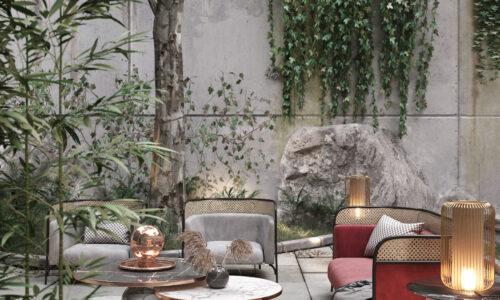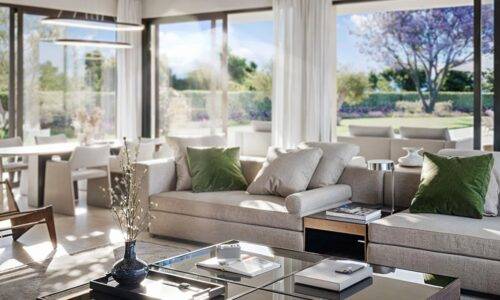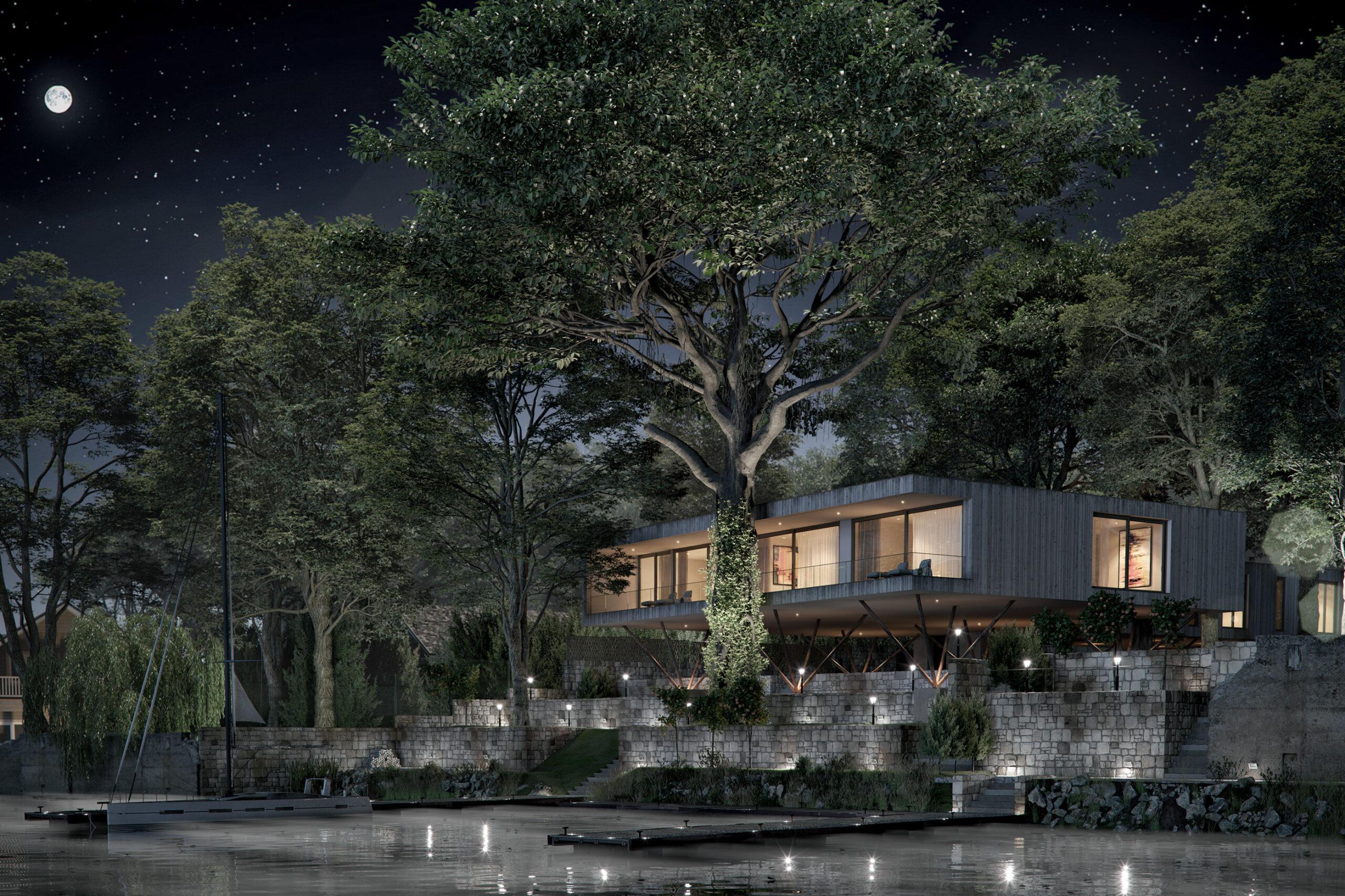
The Impact of Landscape Architecture in 3D Visualization
- Yissel Álvarez
- January 30, 2024
- 3D Design
- 0 Comments
In the dynamic realm of Architectural Visualisation (Archviz), the integration of Landscape Architecture emerges as a pivotal discipline, adding depth and realism to 3D projects. Aspiring developers and creators delving into the world of 3D visualisations can significantly enhance their designs by understanding the crucial role played by landscape architecture in creating compelling and immersive environments.
Read this article: How to Make a 360 Virtual Tour for Real Estate: A Step-by-Step Tutorial
Understanding Landscape Architecture in Archviz
Landscape architecture, as applied in Archviz, extends beyond the conventional boundaries of buildings to encompass open spaces like parks, gardens, squares, and public areas. Its primary objective is to craft environments that not only look aesthetically pleasing but also evoke a sense of vitality and habitability.
Why Landscape Architecture Matters in Archviz
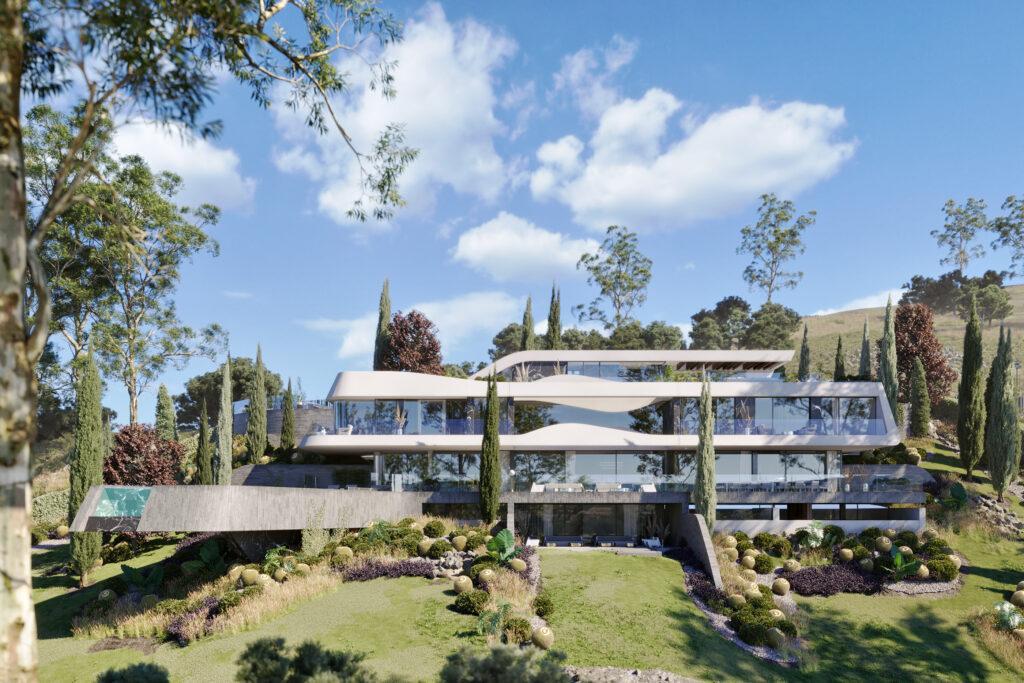
The significance of integrating landscape architecture into Archviz projects is multifaceted:
- Realism and Vibrancy: Landscape architecture contributes to the creation of realistic and vibrant environments, transforming static designs into dynamic, lived-in spaces.
- Spatial Connectivity: It aids in seamlessly connecting architectural spaces, fostering a sense of continuity that enhances the overall visual experience.
- Contextual Enhancement: By providing a context for architectural designs, landscape architecture serves to accentuate the distinctive qualities of each project, ensuring a holistic visual narrative.
Techniques for Incorporating Landscape Architecture in Archviz
Several techniques prove instrumental in seamlessly integrating landscape architecture into Archviz:
- 3D Modeling: Utilize 3D models of plants, trees, and other landscaping elements to build realistic environments that breathe life into your visualisations.
- High-Resolution Textures: Employ high-resolution textures to craft detailed and realistic surfaces, enriching the visual appeal of your architectural scenes.
- Strategic Lighting: Implementing appropriate lighting techniques is key to establishing a realistic and inviting atmosphere within your visualisations.
Current Trends in Landscape Architecture for Archviz
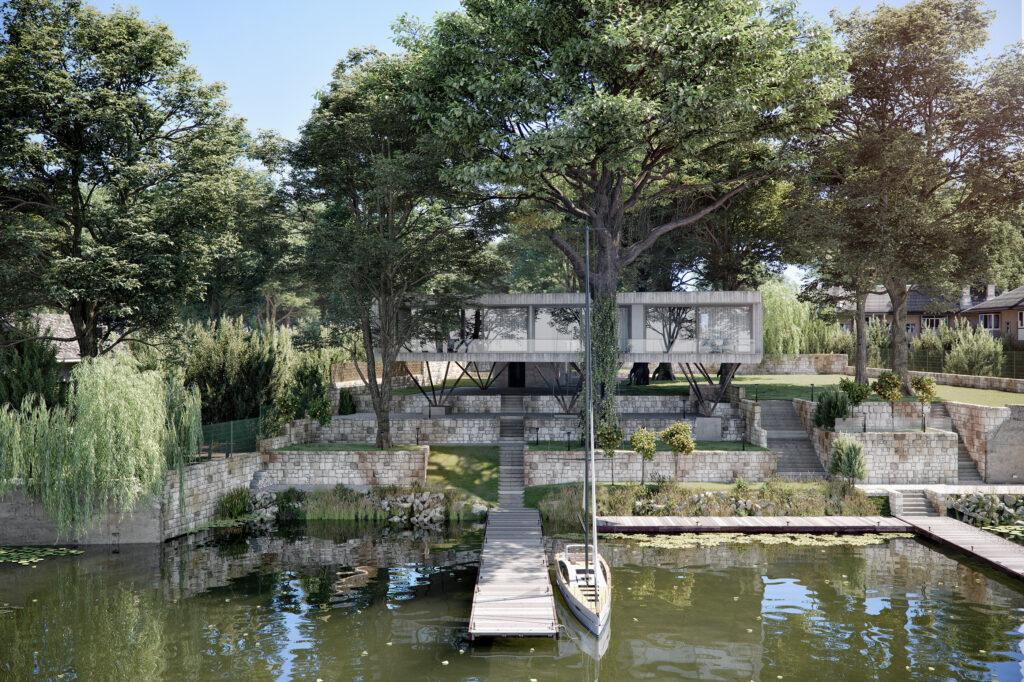
Staying abreast of contemporary trends is crucial for architects and visualisers seeking to elevate their projects:
- Sustainability Focus: Landscape architects are increasingly prioritising sustainability, incorporating eco-friendly materials and techniques to align with environmental concerns.
- Technological Integration: The landscape architecture field is witnessing a surge in technological integration. Drones, virtual reality (VR), and augmented reality (AR) are being harnessed to create more interactive and lifelike environments within Archviz.
In the dynamic realm of Archviz, landscape architecture emerges as a powerful tool for crafting realistic and captivating environments. Architects and visualisers who grasp the principles of landscape architecture can leverage this knowledge to create images and animations that are not just visually appealing but also compelling. As the industry continues to evolve, staying attuned to the intersection of technology and sustainability within landscape architecture will undoubtedly shape the future of Archviz projects. Elevate your designs by embracing the synergy of architecture and landscape in the captivating world of 3D visualisation.
If you need assistance with your architectural project and require visualization services, please feel free to contact us for further information.
